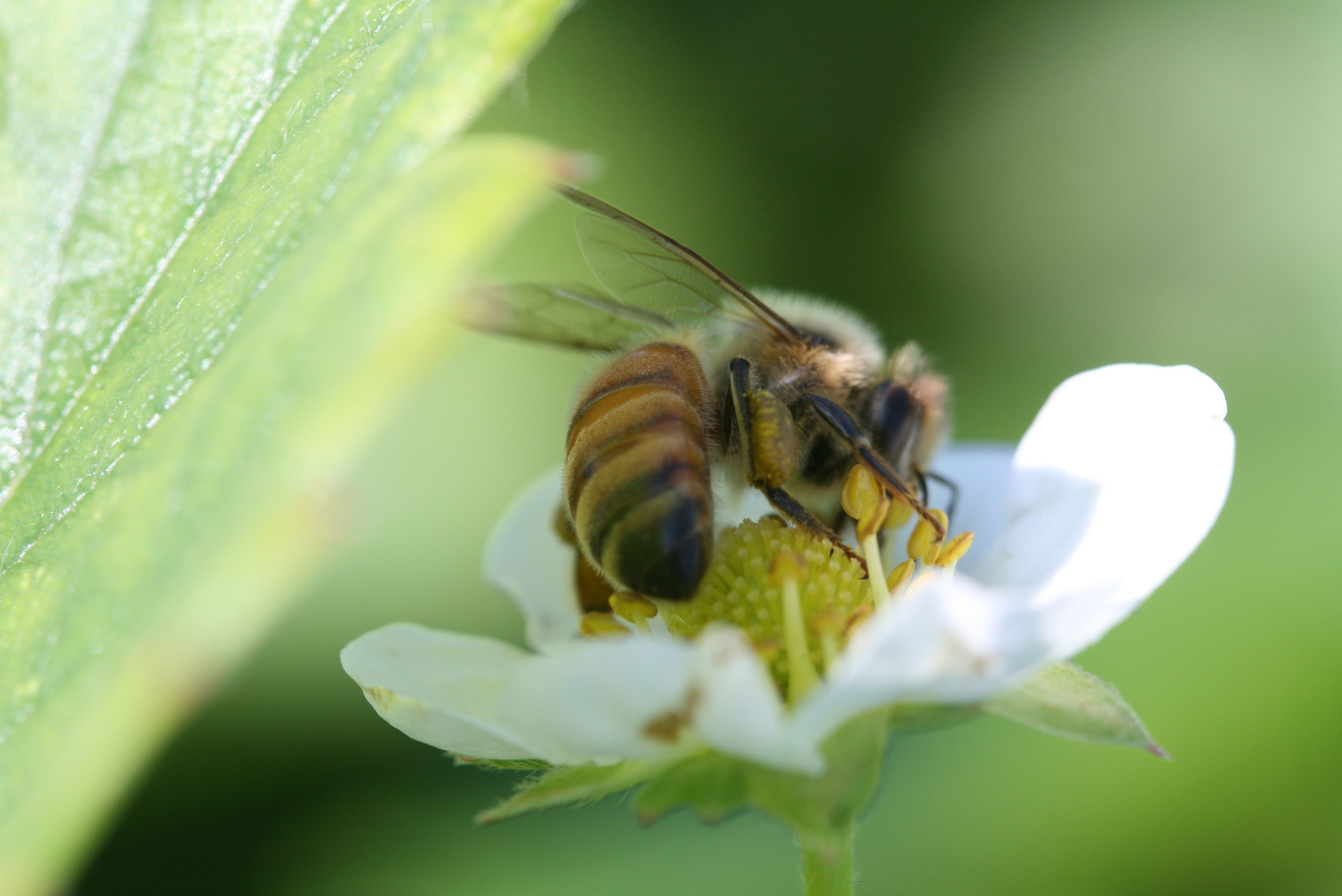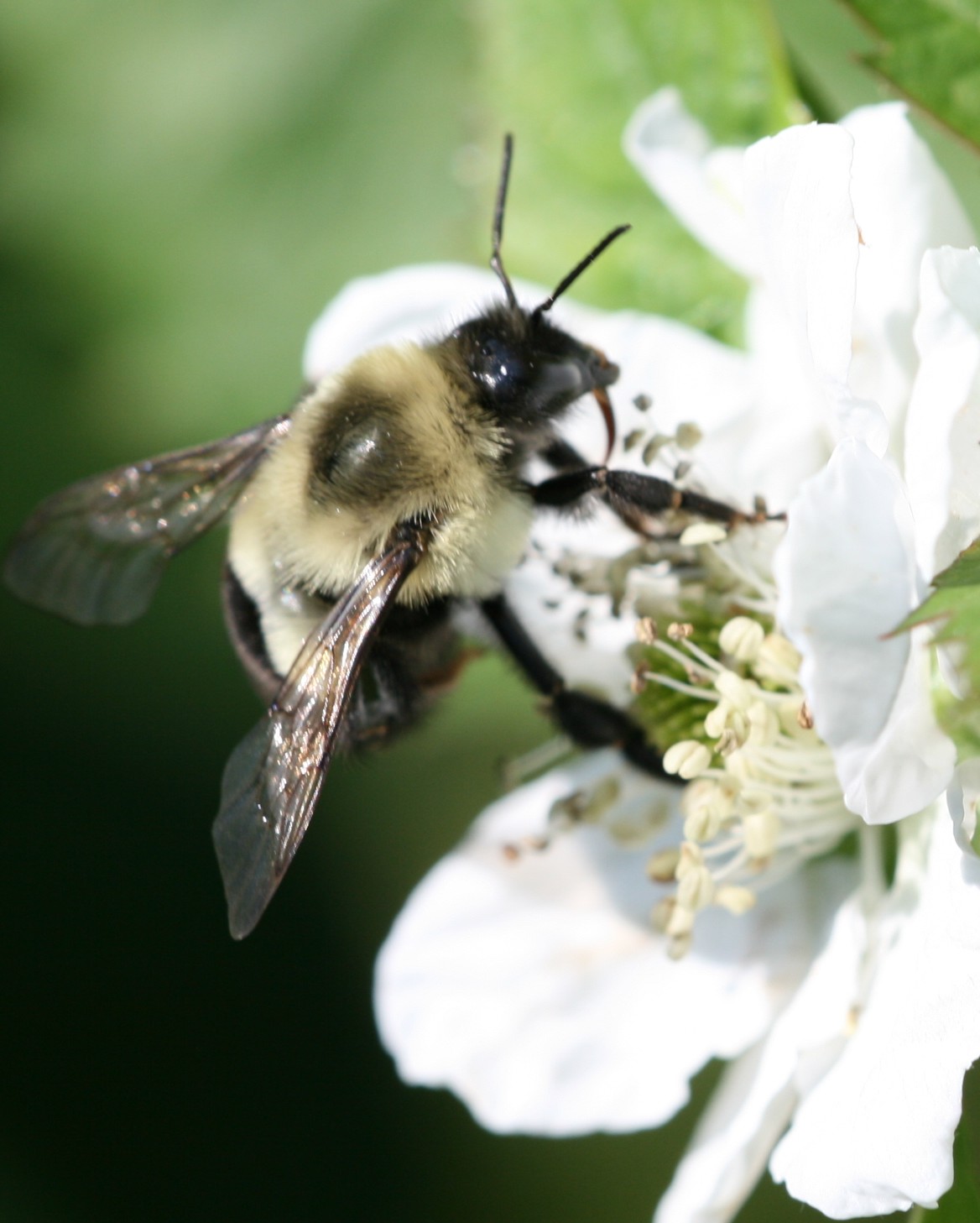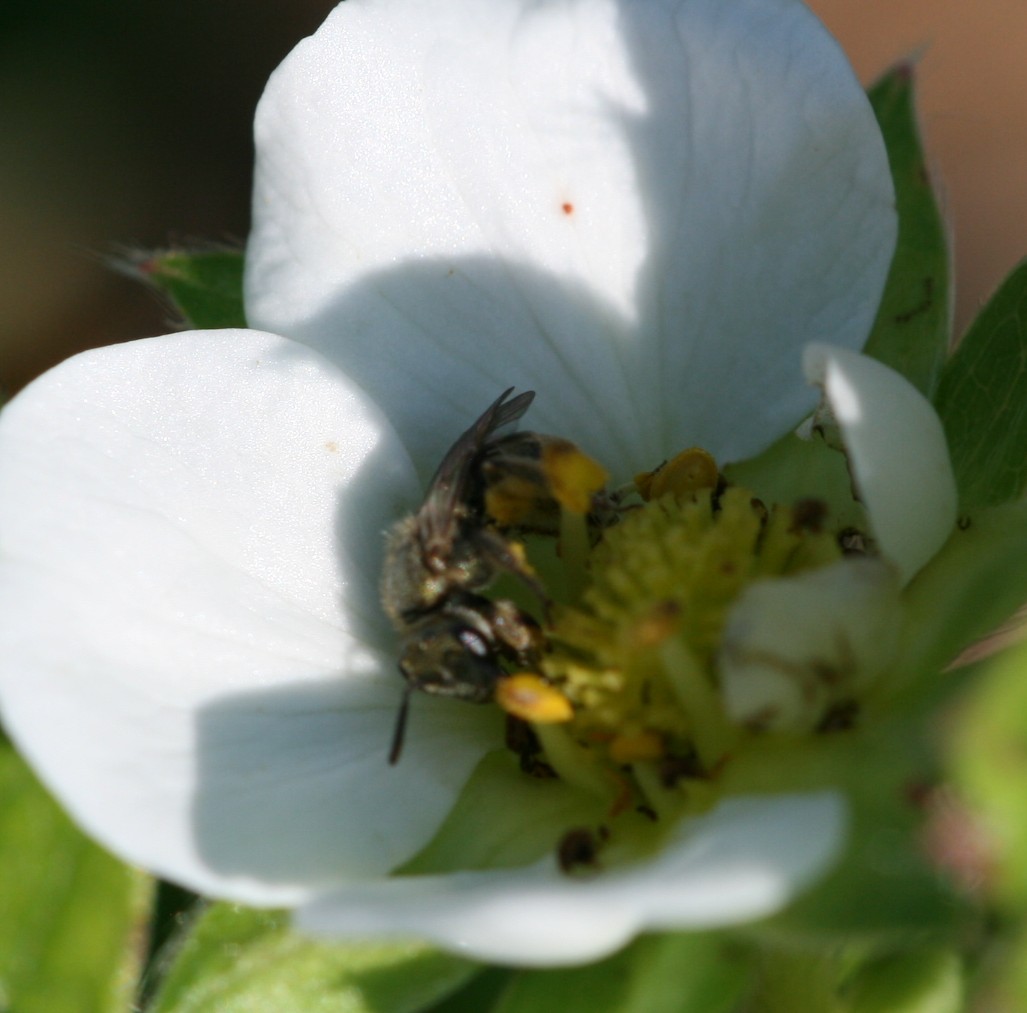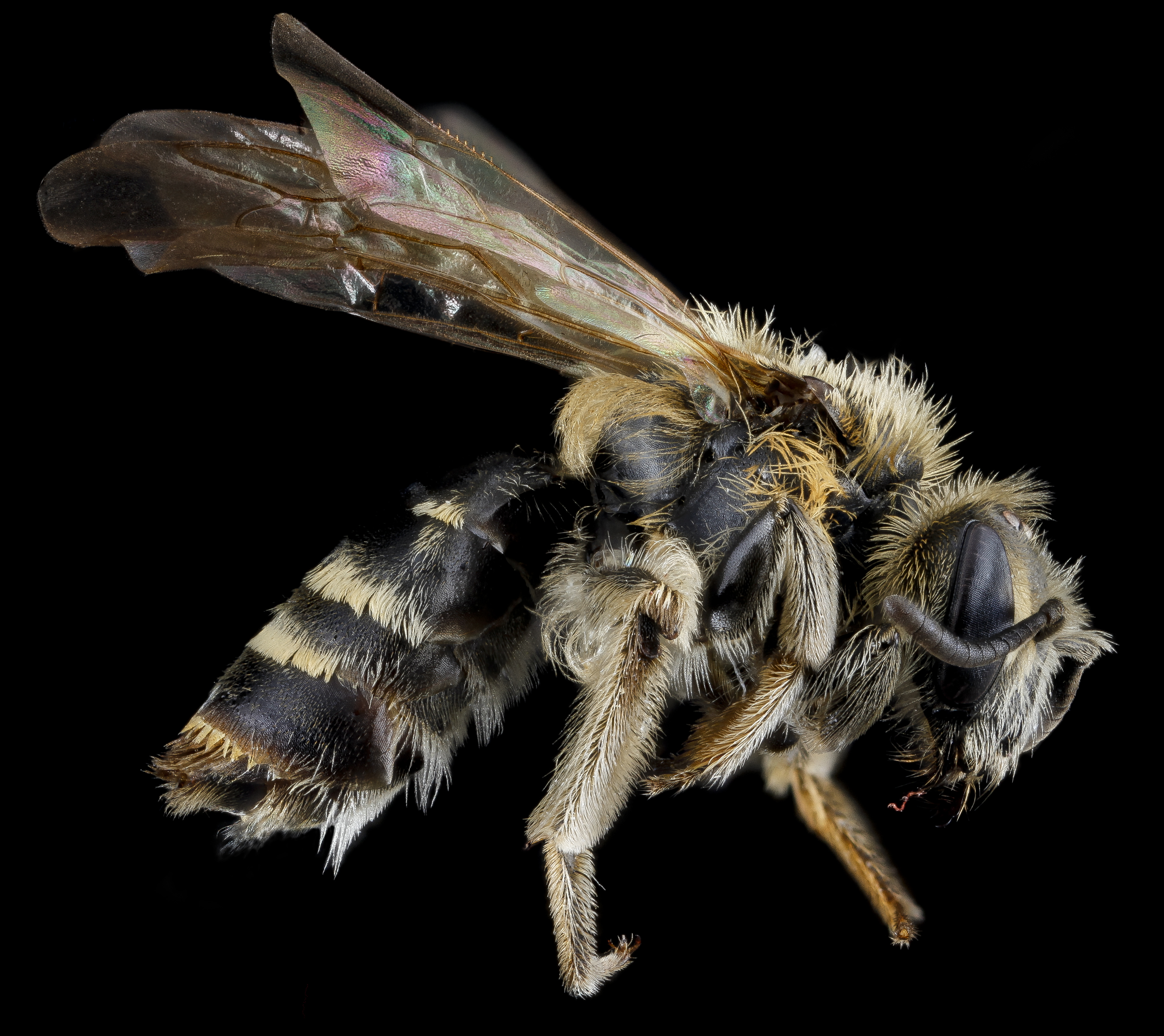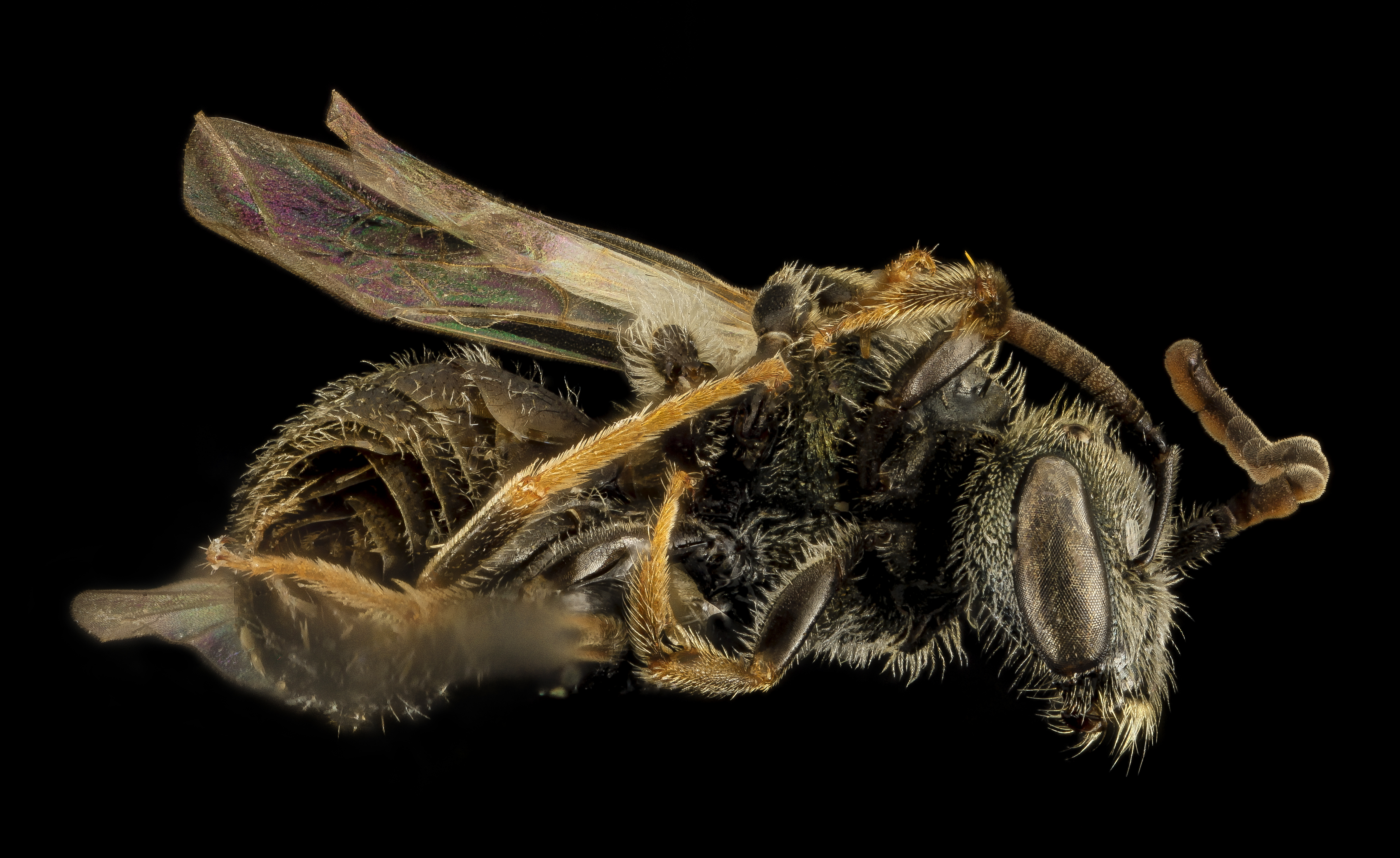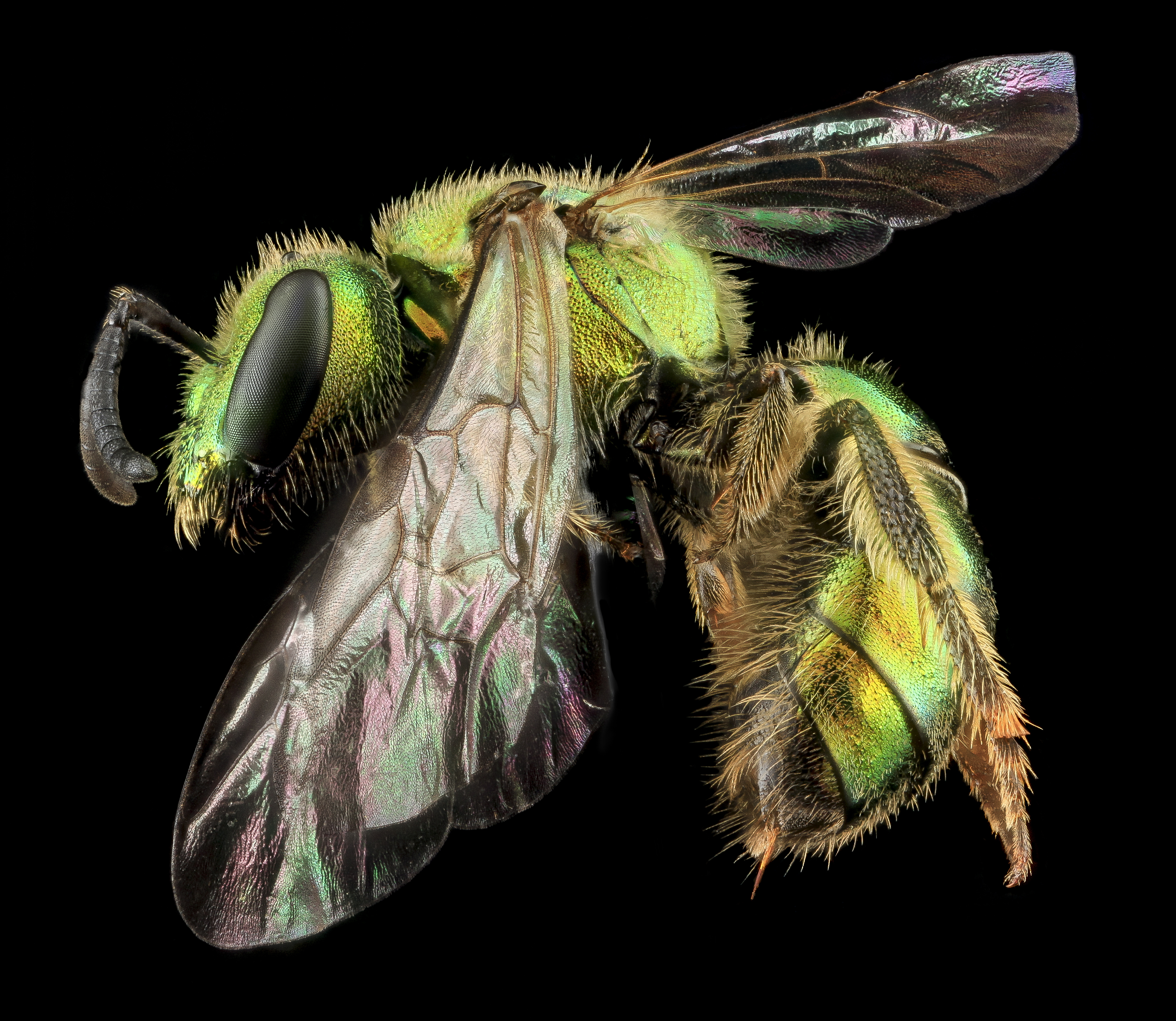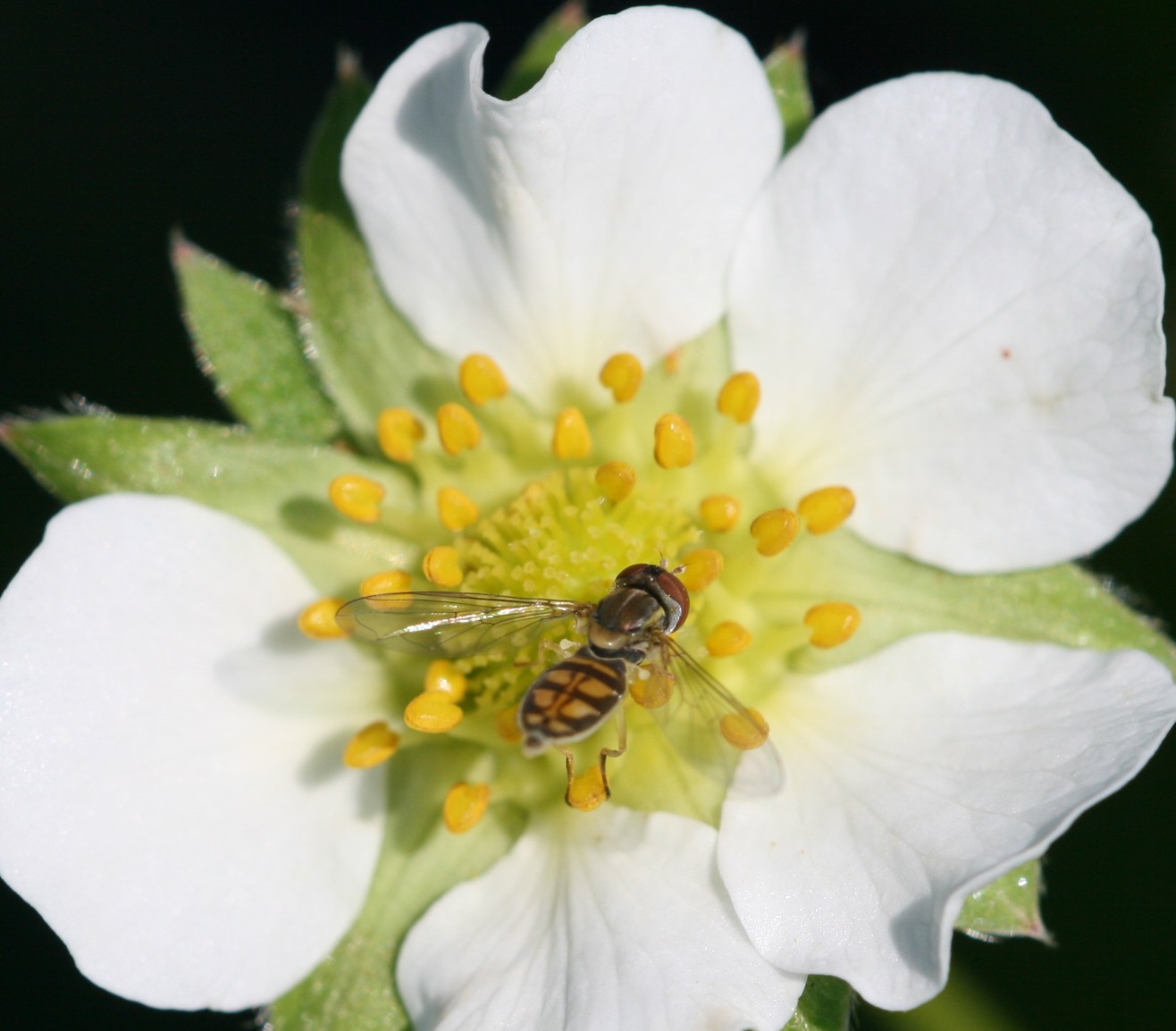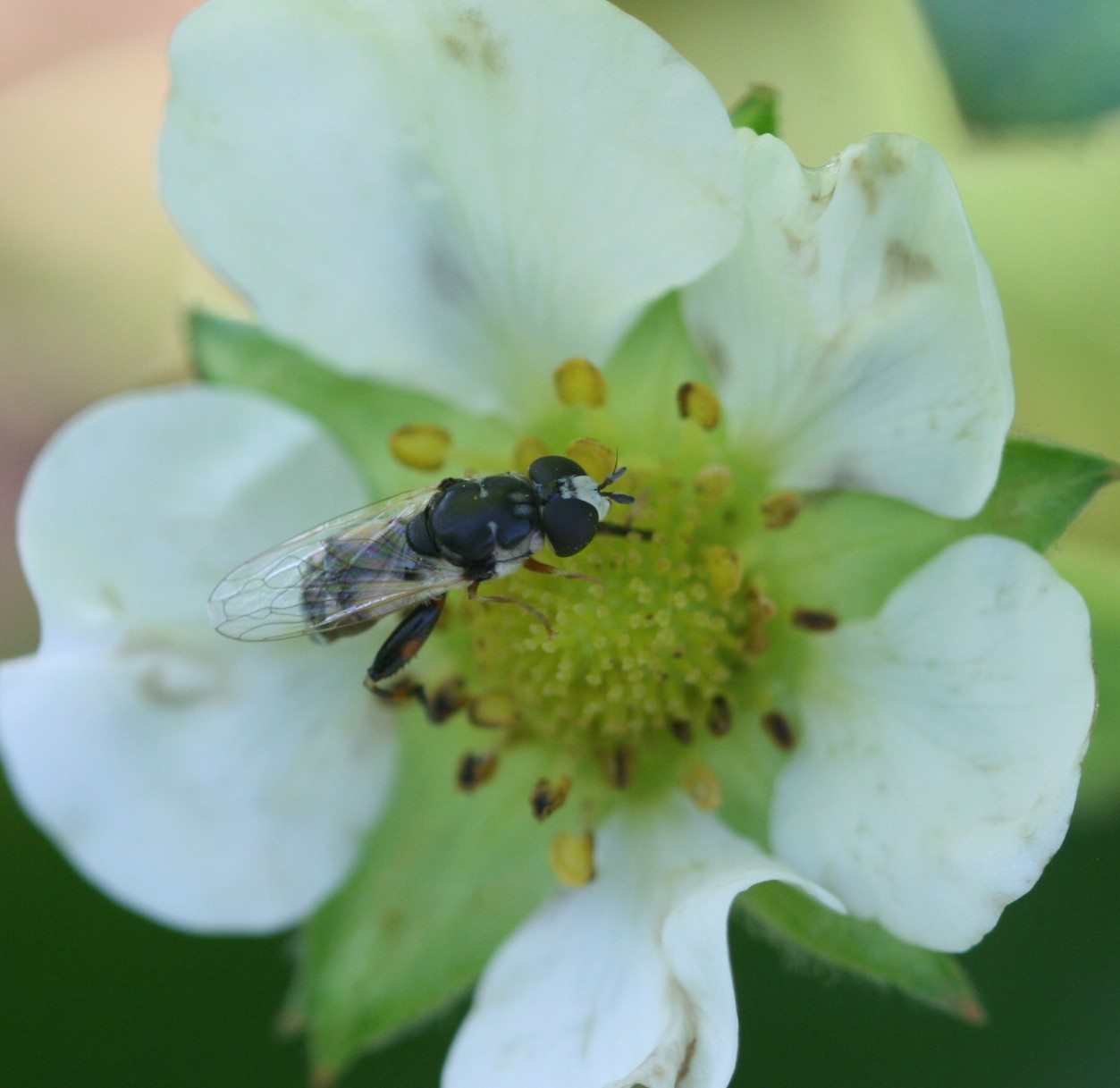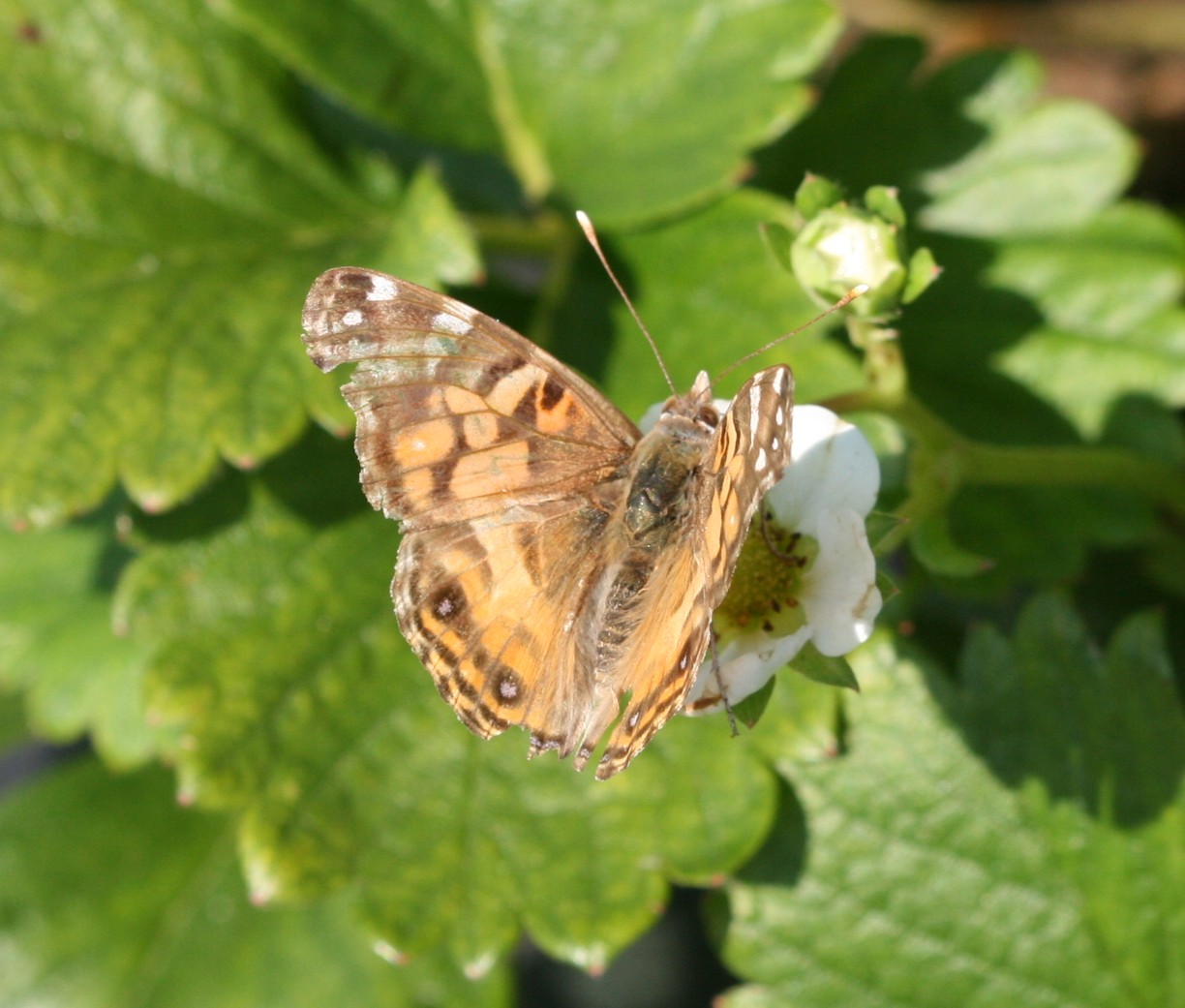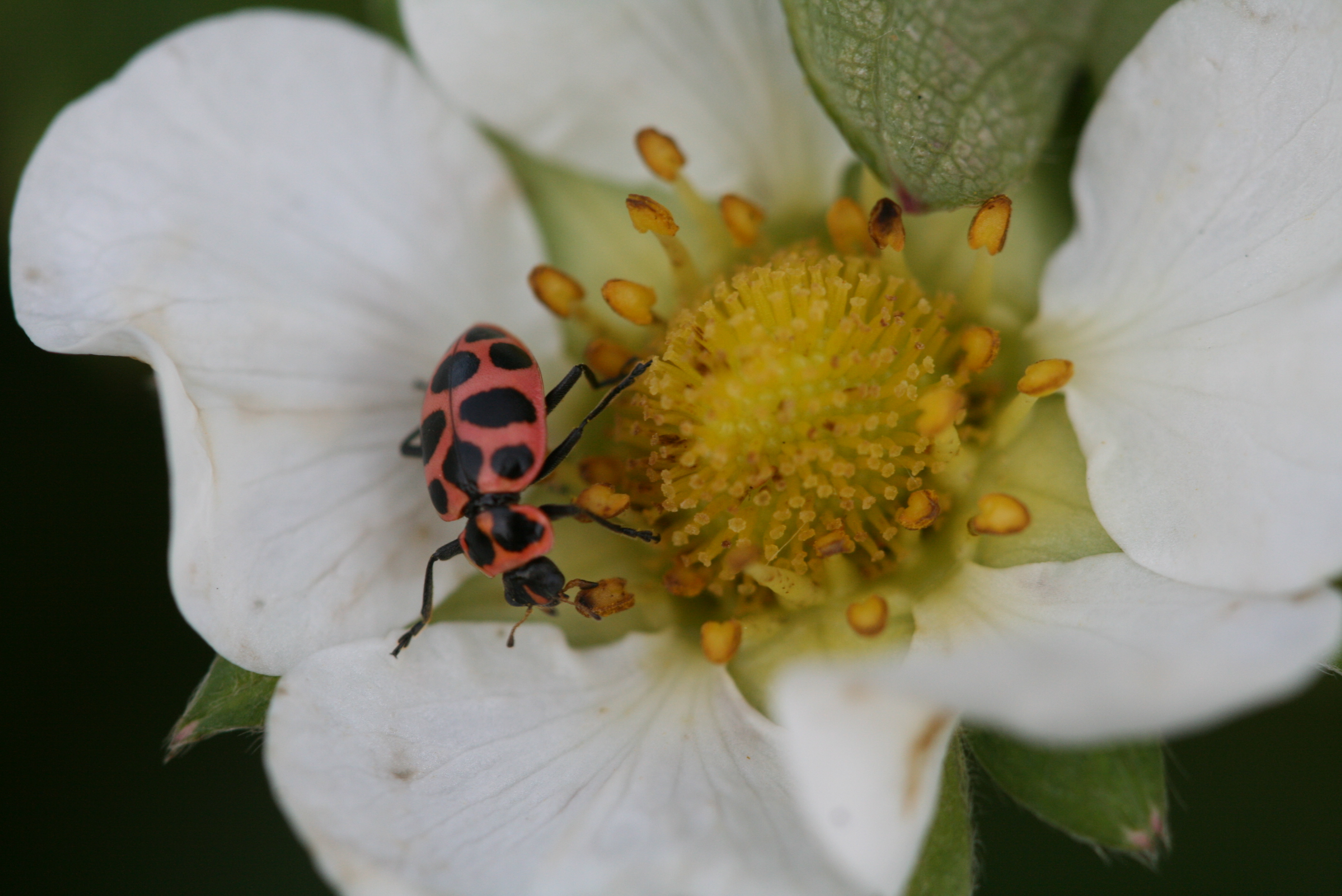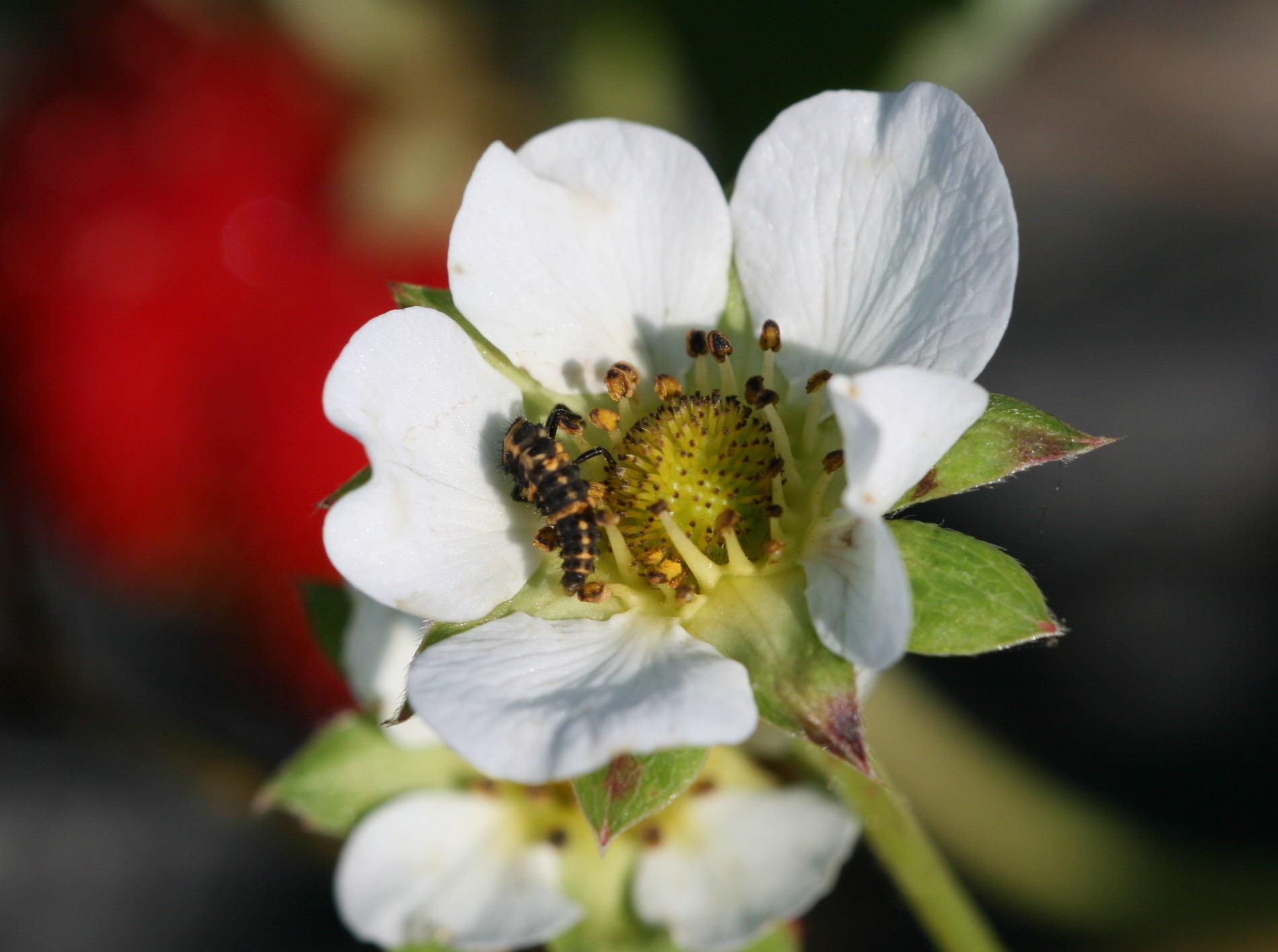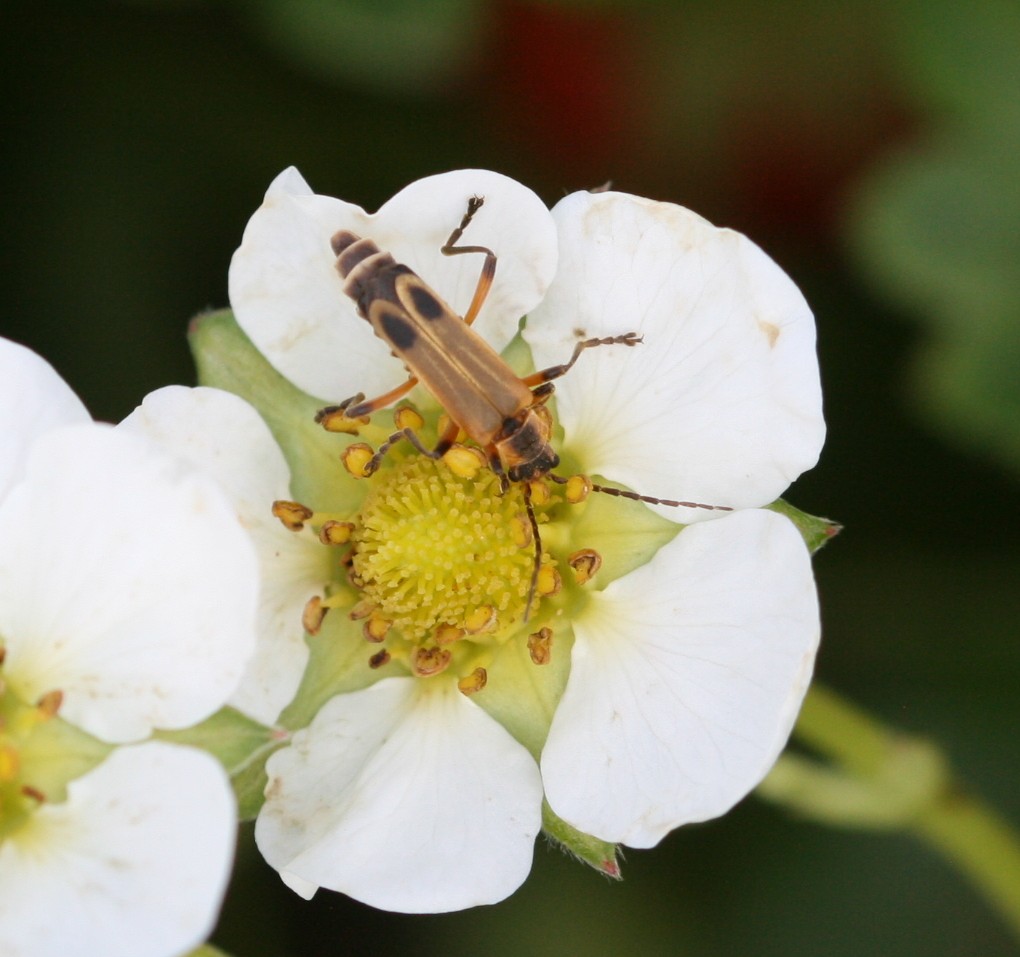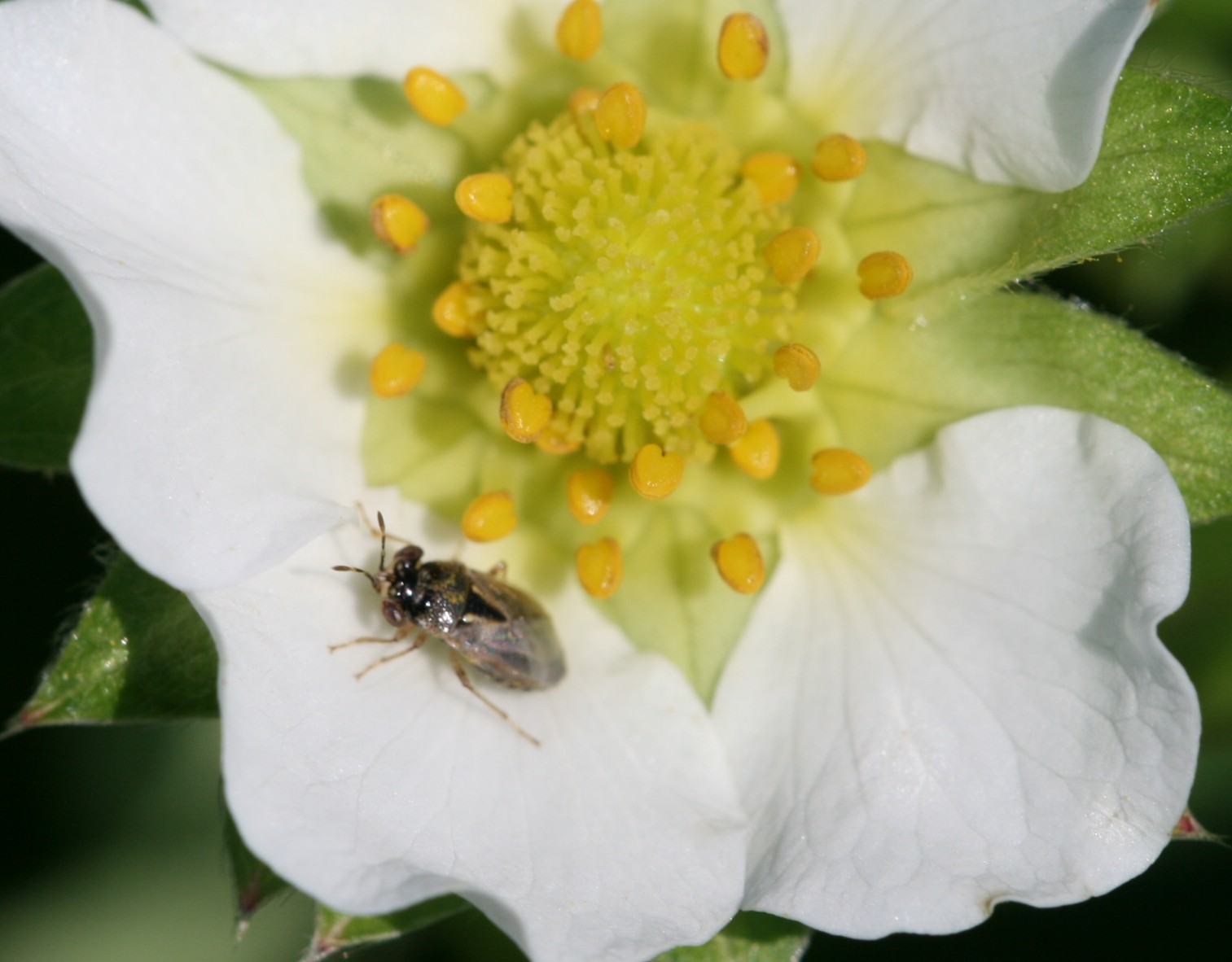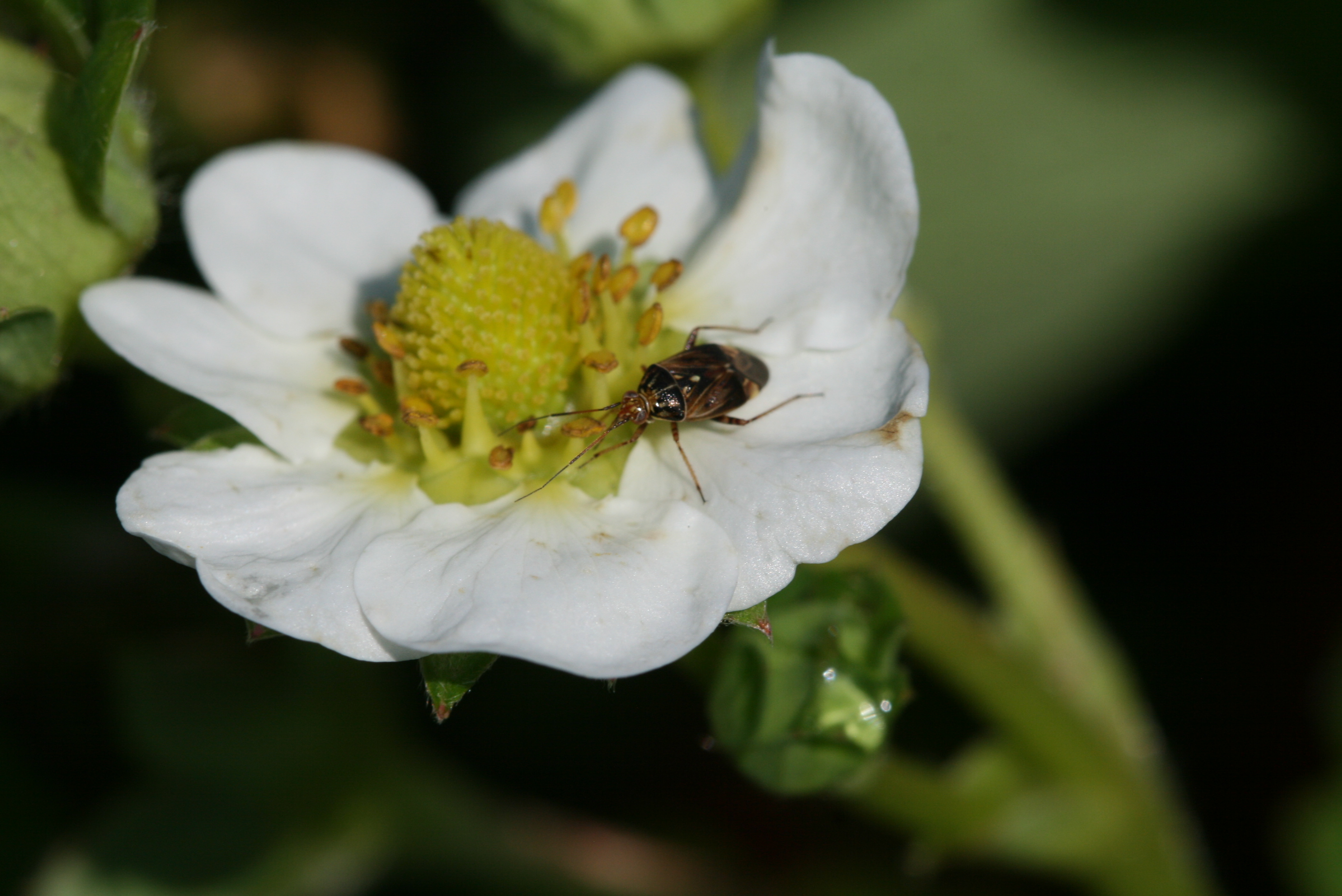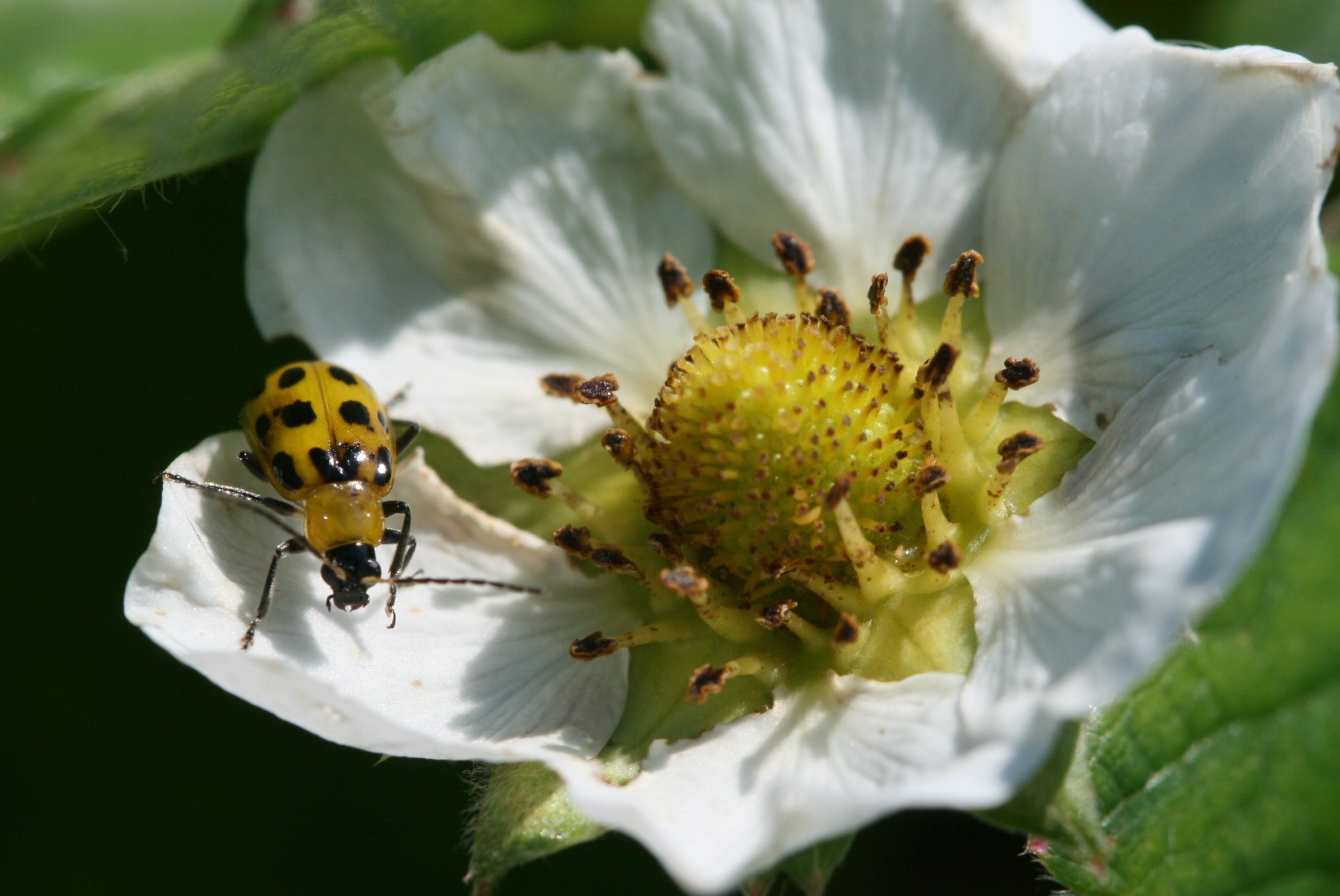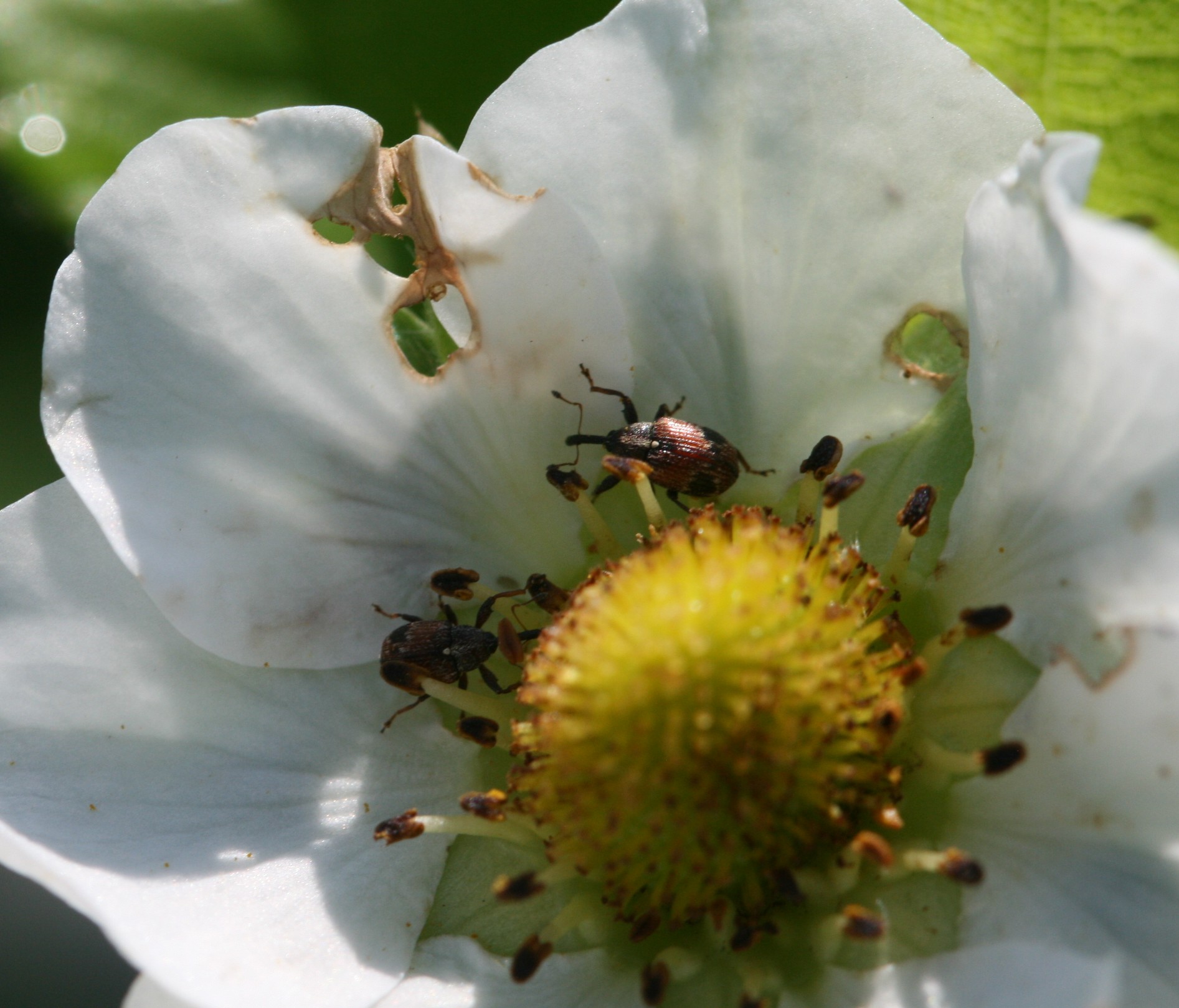Strawberry Pollinating Insects
go.ncsu.edu/readext?422680
en Español / em Português
El inglés es el idioma de control de esta página. En la medida en que haya algún conflicto entre la traducción al inglés y la traducción, el inglés prevalece.
Al hacer clic en el enlace de traducción se activa un servicio de traducción gratuito para convertir la página al español. Al igual que con cualquier traducción por Internet, la conversión no es sensible al contexto y puede que no traduzca el texto en su significado original. NC State Extension no garantiza la exactitud del texto traducido. Por favor, tenga en cuenta que algunas aplicaciones y/o servicios pueden no funcionar como se espera cuando se traducen.
Português
Inglês é o idioma de controle desta página. Na medida que haja algum conflito entre o texto original em Inglês e a tradução, o Inglês prevalece.
Ao clicar no link de tradução, um serviço gratuito de tradução será ativado para converter a página para o Português. Como em qualquer tradução pela internet, a conversão não é sensivel ao contexto e pode não ocorrer a tradução para o significado orginal. O serviço de Extensão da Carolina do Norte (NC State Extension) não garante a exatidão do texto traduzido. Por favor, observe que algumas funções ou serviços podem não funcionar como esperado após a tradução.
English
English is the controlling language of this page. To the extent there is any conflict between the English text and the translation, English controls.
Clicking on the translation link activates a free translation service to convert the page to Spanish. As with any Internet translation, the conversion is not context-sensitive and may not translate the text to its original meaning. NC State Extension does not guarantee the accuracy of the translated text. Please note that some applications and/or services may not function as expected when translated.
Collapse ▲Many strawberry growers stock honey bees or even bumble bees to help supplement pollination; however, many native insects are often present that may be even more efficient strawberry pollinators than honey bees. Below is a list of insects that can be observed at strawberry flowers in North Carolina. While some species may pollinate for food, others may be pollinating by incidentally moving between flowers.
Managed bees:
Apis mellifera (Honey bee):
- Generalist feeder, capable of long distance foraging (1500+ meters).
- Continuous hive nesting with overlapping generations, and divisions of labor based on age.
- Eusocial – one queen and thousands of workers.
Bombus impatiens and B. bimaculatus (Bumble bees):
- Generalist feeder, capable of long distance foraging (1500+ meters).
- Hive nesting with often only a single generation per year.
- Only a newly mated queen survives through the winter, the rest of the colony dies.
- Eusocial – one queen and hundreds of workers.
Wild bees:
Many wild bees may pollinate strawberries. In general, wild bees have an average foraging range of 500 m, are smaller than honey or bumble bees, and often construct nests near the site of their emergence.
Wild bee species known to forage on strawberries in the eastern United States include:
Andrena nasonii:
- Generalist, ground nesting bee.
- Nests of Andrenid bees are often found near edges of woods or glades.
- Typically active in early spring (March-July).
- Eggs are laid in the spring and typically hatch into adults which stay underground until the following spring.
- Solitary – each female has her own nest, often near other nests in an aggregation.
Lasioglossum hitchensi:
- Generalist, ground nesting bee.
- Typically active from April-October.
- Eusocial – one reproductive and multiple foragers per nest
Augochlorella aurata:
- Generalist, green “sweat bee.”
- Soil nester, but the closely related species, Augochlora pura, nests in rotting wood.
- Typically active from April-October.
- Eusocial – one reproductive and multiple foragers per nest
Non bee pollinators
Many other insects in addition bees serve as pollinators. Some of the other pollinating insects observed in strawberries are:
Hoverflies (Syrphid fly) (Toxomerus marginatus and Syritta pipiens):
Butterflies (Vanessa virginiensis):
Predators and pests as pollinators?
Predatory insects may not serve primarily as pollinators in strawberries, but they may contribute to pollination when seeking prey or other food in flowers. Predatory insects observed on strawberry flowers include:
Lady beetles and their larvae (Coleomegilla maculata):
Soldier beetles (Chauliognathus pensylvanicus):
Big eye bugs (Geocoris spp.):
Pests feeding on or near flowers may also contribute to pollination. Some of the pest insects observed in strawberry flowers include:
Lygus bugs (Lygus spp.):
Spotted cucumber beetles (Diabrotica undecimpunctata):
Strawberry clipper weevils (Anthonomus signatus):
References:
- Ahrenfeldt, E. J., et. al. (2015). Pollinator communities in strawberry crops – variation at multiple spatial scales. Bulletin of Entomological Research, 105(4), 497–506.
- Linsley, E. G. (1958). The Ecology of Solitary Bees. Hilgardia, 27(19), 543–599.
- Renauld, M., Hutchinson, A., Loeb, G., Poveda, K., & Connelly, H. (2016). Landscape simplification constrains adult size in a native ground-nesting bee. PLoS One, 11(3).
- Mcglynn, E. (2009). Native bee benefits. Bryn Mawr College and Rutgers University.
- Mitchel, T. (1960,1962). Bees of the Eastern United States. NC Agricultural Experiment Station.
(Written by Jeremy Slone, August 2016)



